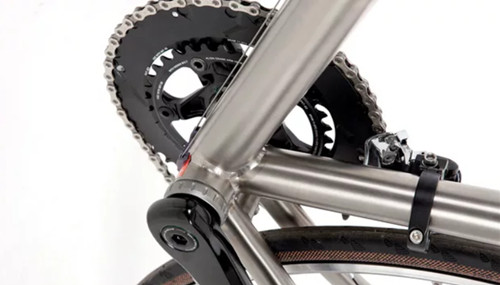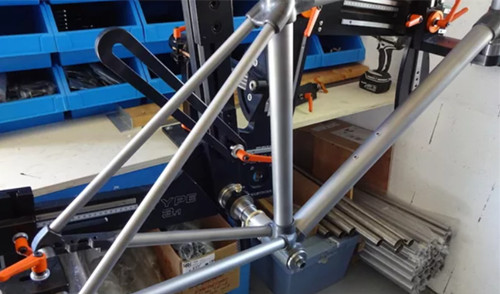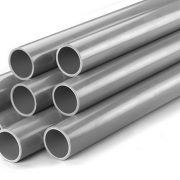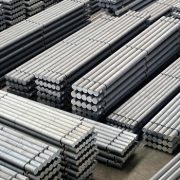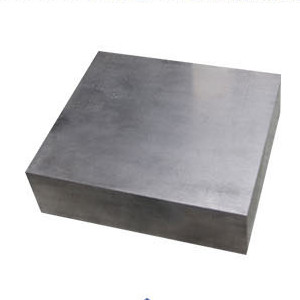The common material for hardfacing weld
Hardfacing weld(build-up welding or overlaying) is a surface welding process that uses flame, arc and plasma arc to melt base metal to form a wear-resistant, corrosion-resistant and heat-resistant coatings on the surface of the workpiece. Hardfacing has characterized the function of repairing and surface strengthening. With the wide application of wear-resistant materials in industry, hardfacing has become an important surfacing technology to solve the failure of metal parts lead by abrasion.
Composition and structure of surfacing material have an important influence on the performance of the whole component. According to the composition of hardface welding metal and the structure of surfacing layer, hardfacing alloys can be classified as iron-based, nickel-based, cobalt-based, copper-based and tungsten carbide and so on.
Iron-based alloys
Iron-based alloys are the most widely used hardfacing welding materials. It adds other alloying elements such as Cr, Mo, W, Mn, Si, V, Ni, Ti, B, etc based on the carbon which not only affects the formation of hardening phase in the surfacing layer but also affects the properties of the body structure. The biggest advantage of iron-based hardfacing materials is its lower cost. Due to the carbon content, alloy content and cooling speed, the structure of the surfacing layer can be pearlite, martensite, austenite and carbide, etc.
1.Pearlitic steel surfacing material. This alloy has good weldability, strong impact resistance but low hardness. It is mainly used for repairing mechanical parts of elephant shafts.
2. Austenitic steel surfacing material. Austenite has high impact toughness, good corrosion resistance and heat resistance. It is generally used to repair parts with intermetallic and abrasive wear under severe impact loads such as mine trucks and railway turnouts.
3. Martensitic steel surfacing material. The hardness, yield strength and wear resistance of Martensite building-up welding layer are higher and it can withstand medium impact strength, but its impact resistance is worse than that of pearlite steel and austenitic steel layer. Mainly used for repairing intermetallic wear parts, such as gears, tractor chassis, etc.
4. Alloy cast iron bead welding material. This kind of welding layer has high abrasive wear resistance, heat resistance, corrosion resistance, good oxidation resistance but mild impact resistance and easy to crack when building up welding. It is mainly used for bead welding of agricultural machinery, mining equipment and other parts.
Cobalt-based alloys
Cobalt-based bead welding metals, also known as Stellite alloys, mainly refer to cobalt-chromium-tungsten alloys, which can maintain high strength and hardness at about 650 C and have excellent corrosion resistance and wear resistance. Among these kinds of bead welding metals, cobalt-based alloys have the best comprehensive properties and are mainly used for surfacing parts at high temperature.
Nickel-based alloy
Nickel-based alloys are the most widely used for hardfacing and it has excellent wear resistance, corrosion resistance, heat resistance and high-temperature oxidation resistance. They are usually used in corrosive media or high-temperature environments where low-stress wear occurs. Nickel-based alloys containing intermetallics such as Hastelloy C-22, are more suitable for tungsten gas shielded arc surfacing or plasma arc surfacing and used to surfacing the sealing surface of valves working in severely corrosive media. Nickel-based alloys containing carbides are cheaper than cobalt-based alloys and are ideal substitutes for cobalt-based surfacing metals.
Copper-based alloys
Copper-based bead welding metals are characterized for their excellent corrosion resistance, cavitation resistance and intermetallic wear resistance. They can be hardfaced on iron-based materials to make bimetallic parts and repairing worn parts. However, its ve poor sulfide corrosion resistance and high temperature creep resistance made it not easy to weld and are only suitable for environments below 200℃. This kind of bead welding metal is mainly used for welding of bearing bush, sealing surface of the low-pressure valve, etc.
Tungsten carbide alloys
Tungsten carbide hardfacing alloy wire is famous for its high hardness, wear resistance, strength and high forward elastic modulus. It has the highest wear resistance among all surfacing alloys and has become irreplaceable composite surfacing alloys for workpieces or surfaces under severe abrasive wear and gas-particle wear. It is widely used in oil drilling, metallurgical mining and coal mining, civil construction, building materials, sugar, power generation, agricultural machinery and other industries

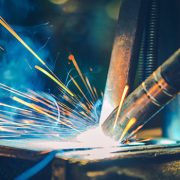
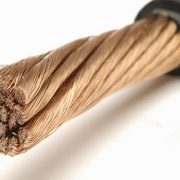
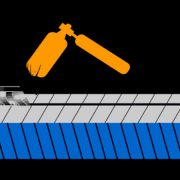
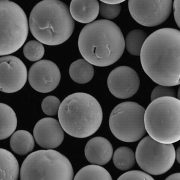
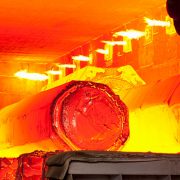
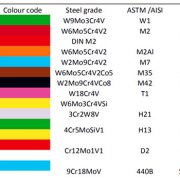
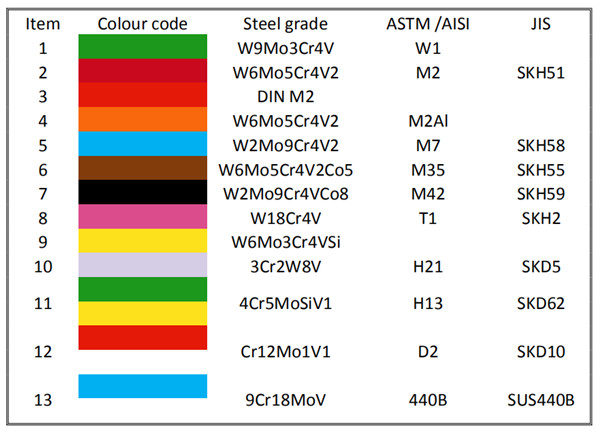
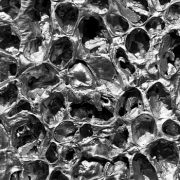
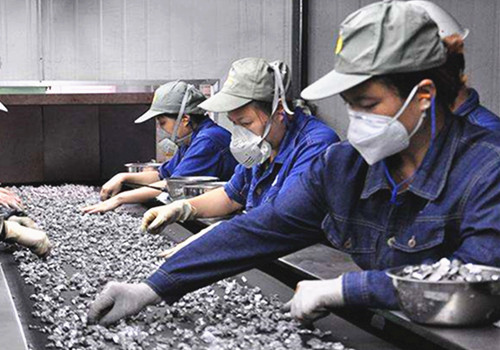
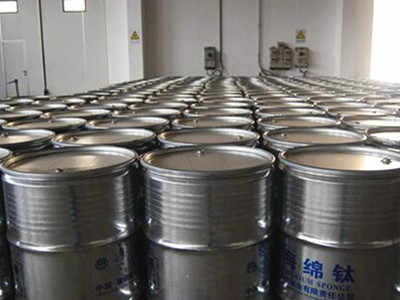 Titanium sponge oxidizes easily. Its large exposed area can absorb a lot of oxygen, the oxidized sponge titanium is impossible to remove oxygen elements in the casting of titanium ingots unlike steel making and only be discarded.
Titanium sponge oxidizes easily. Its large exposed area can absorb a lot of oxygen, the oxidized sponge titanium is impossible to remove oxygen elements in the casting of titanium ingots unlike steel making and only be discarded.
